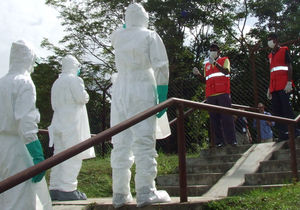All you programme managers, country directors, and other people managing aid programmes out there: how often do you integrate logistics planning into your planning from day 1 of your design phase? (And if any of you say: “always”, please let me know when you need an experienced logistics manager – I would just so love to work for you. Not that I would believe you, of course, unless you are a logistician by background yourself – and even then I would be sceptical.)
An old post by Diane Bennett on the Aid Watch blog tells a cautionary tale of what happens when you don’t integrate logistics into your planning. It is a seven-year history of how a lack of logistics planning caused thousands of deaths in remote South Sudan; not because the logistics weren’t thought of, but because they weren’t integrated into the programme from the start.
A medical NGO who wants to support a vaccination will have to take into account how to get the vaccines on the spot – and finding out much later that “… vaccines were available … at a regional distribution center, a $5000 air charter flight away” is too late. If UNICEF and WHO want to ensure vaccination on the spot, they will also need to ensure transportation to it, and possibly refrigeration there. All these should be planned from the start, because this tale clearly demonstrates how taking logistics on at a later stage will only lead to disaster.
But possibly the biggest issue here is that none of the three organisations involved really did their homework. Measles vaccines are fairly heat tolerant. If they would have been transported to the site in a cold box, and then used within a couple of days or even weeks (depending on the ambient temperature), no refrigeration at all would have been necessary. This technique, known as the ‘fast chain’, has been in use for some time and is endorsed by WHO; but apparently nobody managed include this in the planning.
The tale shows only one thing: include logistics and logisticians in your planning from the start, and you will sleep a lot better at night. And don’t we all want that?

Continue Reading 0 comments }Aid and aid work, Logistics, Public health

 So that was not cool. To put it mildly.
So that was not cool. To put it mildly.





